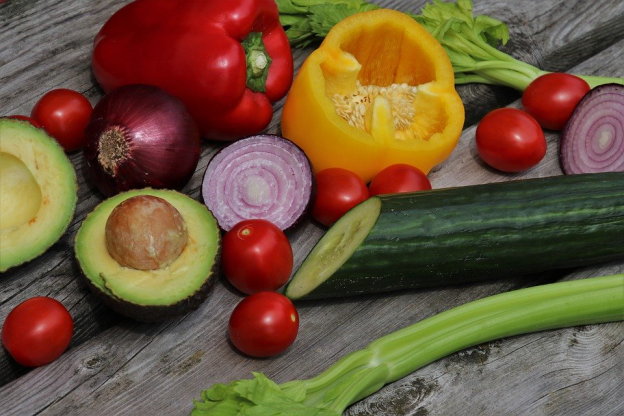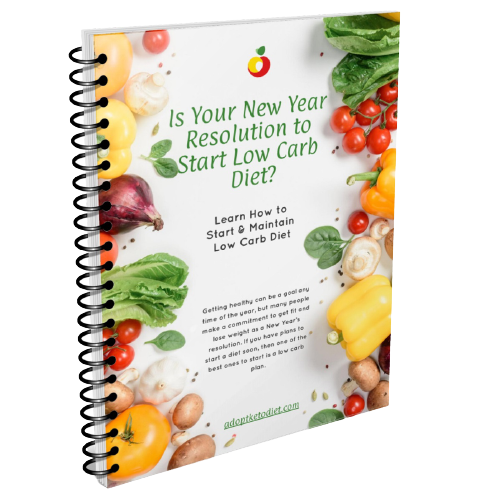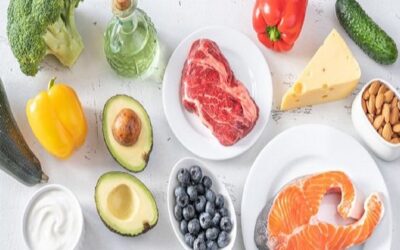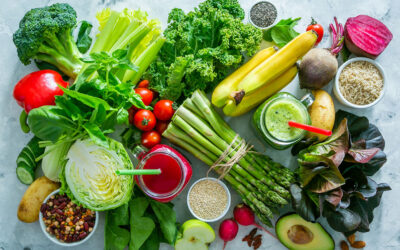Willpower is needed to put the body in the state of ketosis. The keto diet plan is really low-carb and high-fat. This plan forces the body to break down body fat into “ketones” and produce energy. Research on the interim and long-standing effects of the Keto diet is going on. However, some emerging studies show a benefit. The topic of this article is carbs allowed on keto diet.
Carbs allowed on keto diet in a day is 5 to 10% of total calories consumed in a day. The fat and protein contents should be 70% to 80% and 20%, respectively. Thus, Keto dieters have three essential goals. They are restricting their carbs, having a sufficient quantity of protein, and fine-tuning their fat as required.
So, what can be said about the diet of keto dieters? There’s no room for grains, fruit, and starchy vegetables like beans, lentils, parsnips, sweeteners, juices, baked goods, and sodas.
Limiting the consumption of refined carbohydrates that include baked goods and white bread isn’t a bad idea. However, this cannot be said for complex carbs like the ones present in fruits, whole grains, and veggies. Restricting them can cut out critical minerals and Vitamins.
However, this low carb diet does not imply that healthy nutrients are not possible with vegetables. It’s possible to have a fill of premium carbohydrates and reach fat-burning ketosis. It’s essential to select fruits and veggies that have net carbs of below 5 grams per helping. That leaves some fruits like Avocado and berries and a variety of vegetables for carbs allowed on keto diet. These would taste much better with a liberal serving of keto-friendly fats that include butter or olive oil.
Next is a discussion on a few low-carb fruits and veggies for people who wish to enter the state of ketosis.
Carbs allowed on Keto Diet?
Avocados and tomatoes
It is true that a good number of fruits are not within the limit of carbs allowed on a keto diet. However, some fruits are an exception. One of them is Avocado. Avocado is known to be amongst the most prevalent keto diet foods. The reason is that it has a great deal of healthy monounsaturated fat. And that is not all. 1/4h of the fruit has “fiber” of three grams. What does this do? Negate all but a single of its carb in grams.
Another keto-friendly fruit is tomato. It’s a first-rate resource of the compound named Lycopene. Going by a study published in a British journal Lycopene is related to a lower possibility of cardiovascular disease.

Spinach and Mushrooms
Leafy greens that include spinach have really low calories and carbs. Thus, they are a safe source of several helpful nutrients. Some of the nutrients are iron, potassium, fibre, and vitamins A and C. To get an idea of the low calories and carbs in spinach, a cup full of raw spinach has less than 7 calories and carbohydrates of 1 gram.
A key reason that people on a keto diet find the mushrooms very satisfying is their meaty texture. A sample dish of Mushroom that makes a good keto meal? Grilling a Portobello cap and eating it with forks and knives. Did you know that this is also the right way to eat a steak? This mushroom keto meal has as little as 15 calories and net carbs of just a gram. The credit for this goes to the dietary fibre present in mushrooms.
Cauliflower and Asparagus
Cauliflower is also a satisfying vegetable that is low in sugar. Steaming it and mashing it makes a yummy alternative of starchy potatoes. What is the nest carbs present in a cup full of cauliflower mash? The answer is 4 grams. As a bonus, high-fibre foods that include cauliflower have an essential role in better gut health.
Asparagus is a low-calorie and low-carb vegetable that has a deep green colour. This colour indicates that the vegetable is very high in antioxidants and plant chemicals that are referred to as flavonoids. Two examples of antioxidants present in this vegetable are vitamin C and E.
The three essential flavonoids that are present in Asparagus are kaempferol, quercetin, and isorhamnetin. If human studies are anything to go by, these flavonoids have anti-inflammatory properties as well as blood-pressure-lowering effects.
For carbs allowed on a keto diet, dieters have to underhand satiety and hunger well
Many Keto dieters find it tough to understand the amount to eat. Keto dieters in the preliminary phase are advised to monitor foods in order to get accustomed to this new eating plan. The reason is that they are more likely to be nervous about doing something “incorrect.” Thus, the need for some more structure for support.
So, measuring is a requirement. However, with time it’s essential to understand satiety and hunger so well that no external cues are needed. This new eating practice must feel natural and spontaneous without the need to measure the steak or broccoli had during a meal. Just some casual eyeballing should be enough to stay on the low-carb plan. When feeling too full, reduce fat. When hungry, consider having more of tasty fat, more protein, or more fibrous veggies. What is most important is staying within the carb level.
An excellent approach to cooking to keep the nutrients in check
Keto dieters must try to cook in big batches and refrigerate. This approach helps maintain the carbs allowed on keto diet at home. It is essential to prepare meals with a keto-proof “base.” Examples are salmon or steak with fatty sauce. It’s also necessary to make a carb-rich meal for the other members of the family to enjoy. Examples are pasta, rice, and potato. Keto dieters should also prepare a keto substitute for themselves. Examples are cauliflower rice and rutabaga wedges. Keto dieters should carry their keto-friendly food when they visit a family.






0 Comments